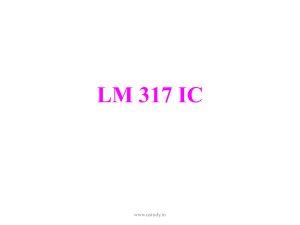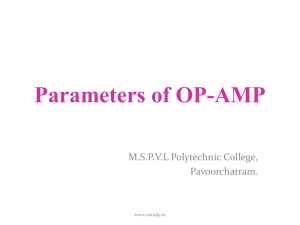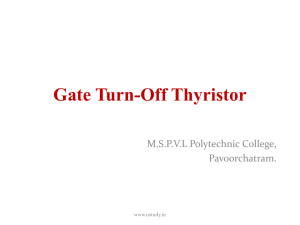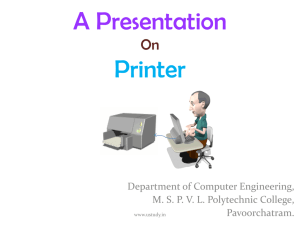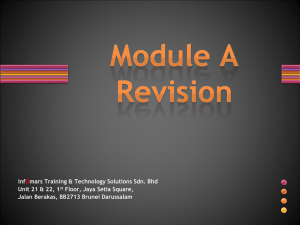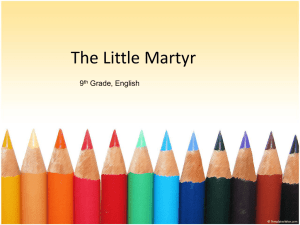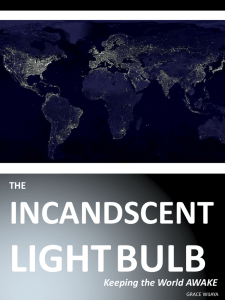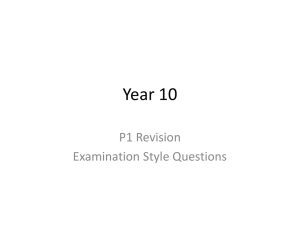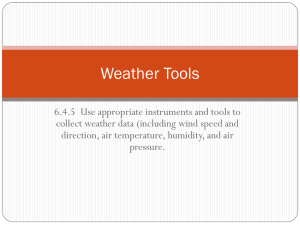PSYCHROMETRY AND AIR-CONDITIONING
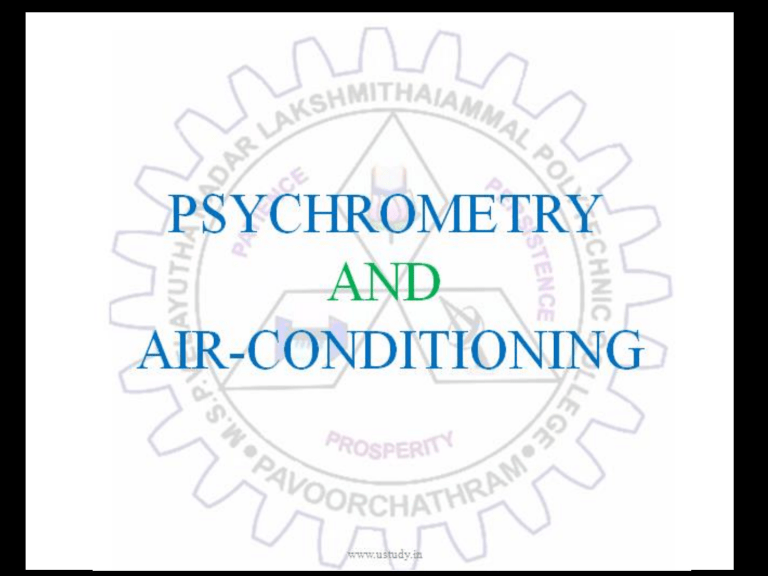
PSYCHROMETRY
AND
AIR-CONDITIONING
www.ustudy.in
Objective Type Questions
www.ustudy.in
1. A mixture of dry air and water vapour, when the air has diffused the maximum amount of water vapour into it, is called a) dry air b) Moist air c) Saturated air d) Specific humidity
Ans: c www.ustudy.in
2. The temperature of air recorded by a thermometer, when it is not effected by the moisture present in it, is called a) wet bulb temperature b) dry bulb temperature c) dew pint temperature d) none of these
Ans: b www.ustudy.in
3. For unsaturated air, the dew point temperature is ---wet bulb temperature a) Equal to b) Less then c) More than
Ans: b www.ustudy.in
4. The difference between dry bulb temperature and wet bulb temperature, is called a) Dry bulb depression b) Wet bulb depression c) Dew point depression d) Degree of saturation www.ustudy.in
Ans: b
5. The vertical and uniformly spaced lines on a psychrometric chart indicates a) Dry bulb temperature b) Wet bulb temperature c) Dew pint temperature d) Specific humidity www.ustudy.in
Ans: a
6. The curved lines on a psychrometric chart indicates a) Dry bulb temperature b) Wet bulb temperature c) Specific humidity d) Relative humidity www.ustudy.in
Ans: d
7. During sensible cooling of air, the specific humidity a) Increases b) Decreases c) Remains constant
Ans: c www.ustudy.in
8. During sensible cooling of air, the dry bulb temperature a) Increases b) Decreases c) Remains constant
Ans: b www.ustudy.in
9. During sensible cooling of air, the wet bulb temperature a) Increases b) Decreases c) Remains constant www.ustudy.in
Ans: b
10. The process generally used in winter air conditioning to warm and humidify the air, is called a) Humidification b) Dehumidification c) Heating and humidification d) Cooling and dehumidification
Ans: c www.ustudy.in
11. For summer air conditioning, the relative humidity should not be less than a) 40% b) 60% c) 75% d) 90%
Ans: b www.ustudy.in
12. For winter air conditioning, the relative humidity should not be more than a) 40% b) 60% c) 75% d) 90%
Ans: a www.ustudy.in
13. The sensible that factor for auditorium or cinema hall is generally kept as a) 0.6
b) 0.7
c) 0.8
d) 0.9
Ans: b www.ustudy.in
14. The conditioned air supplied to the room must have the capacity to take up a) Room sensible heat load only b) Room latent heat load only
Ans: c c) Both room sensible heat and latent heat loads www.ustudy.in
15. In split air-conditioning system a) Condenser is inside the room b) Only evaporator is inside the room
Ans: b c) Compressor is inside the room d) all www.ustudy.in
16. Infiltration air in an air-conditioned room a) Reduces heat load b) Increases heat load c) Leaks through the gaps d) Both (b) and (c) www.ustudy.in
Ans: d
17. Capacity of the cooling coil decreases with a) Decrease in mass flow rate of air b) Decrease in by-pass factor c) Decrease in entry temperature of air d) all
Ans: a www.ustudy.in
18. Air at 10˚C is heated to 15˚C using a heater with surface temperature of 20˚C.
the by-pass factor is a) 0.5
b) 0.15
c) 0.1
d) 0.2
Ans: a www.ustudy.in
19. The by-pass factor of a cooling coil is 0.2. if the surface temperature is 5˚C and the air enters at 40˚C, the air exit temperature is a) 5˚C b) 12˚C c) 20˚C d) 40˚C
Ans: b www.ustudy.in
20. If 1 m 3 /s of air with 100 kJ/kg of enthalpy mixes with air of 2 m 3 /s and kJ/kg the enthalpy of mixed air will be a) 200 kJ/kg b) 250 kJ/kg c) 100 kJ/kg d) 600 kJ/kg
Ans: a www.ustudy.in
The End
Department of Mechanical Engineering,
M.S.P.V.L Polytechnic College,
Pavoorchatram.
www.ustudy.in

